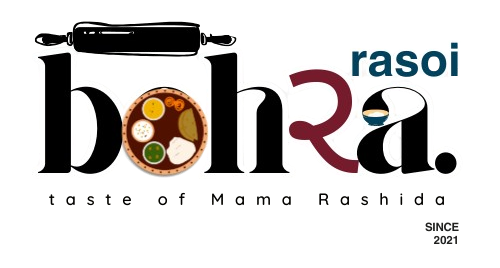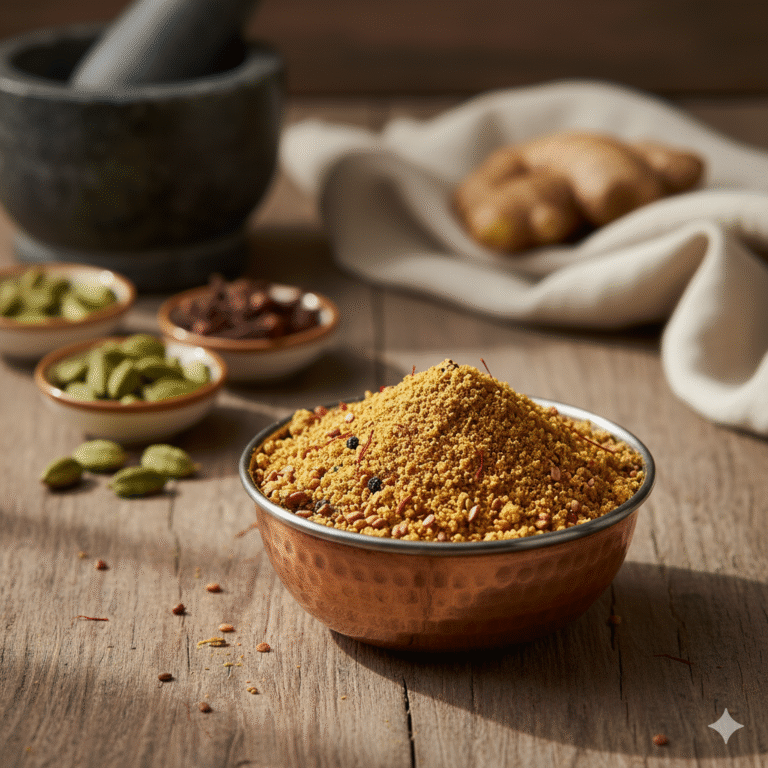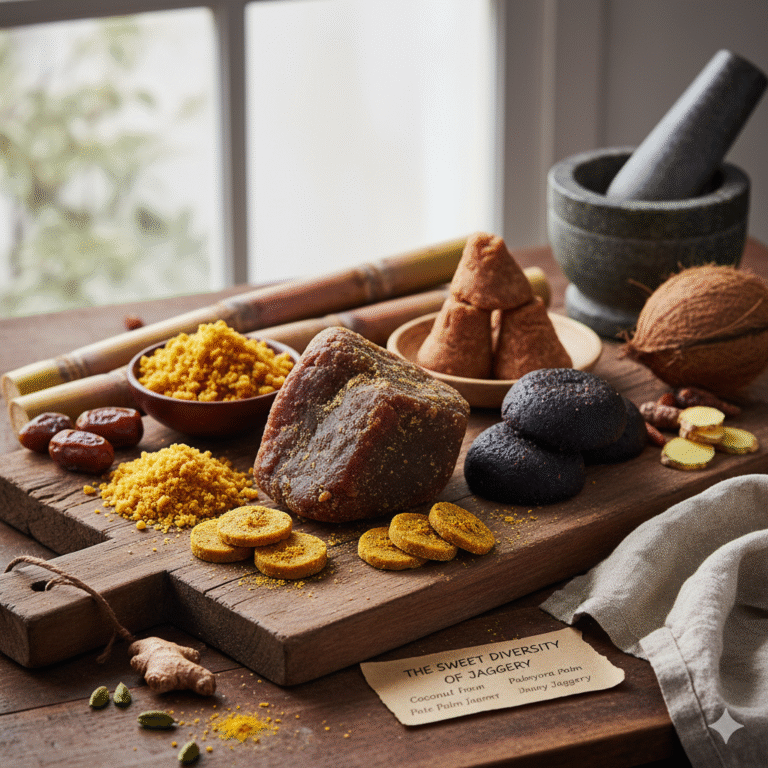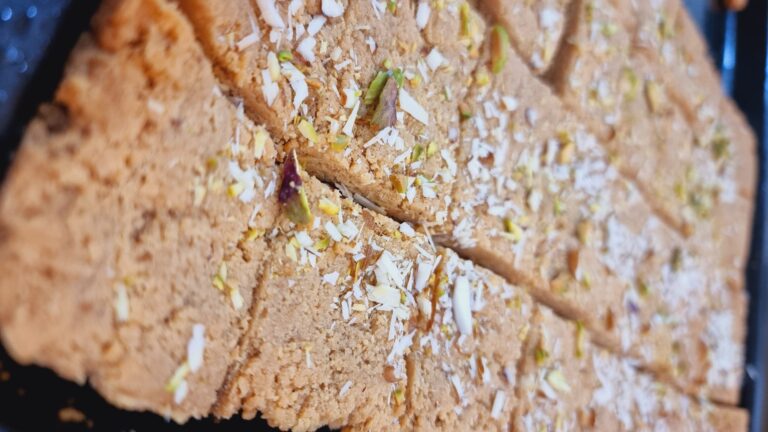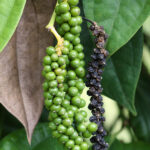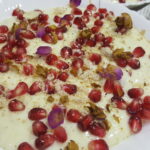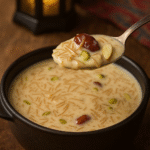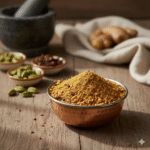The Best Fluffy Pancakes recipe you will fall in love with. Full of tips and tricks to help you make the best pancakes.
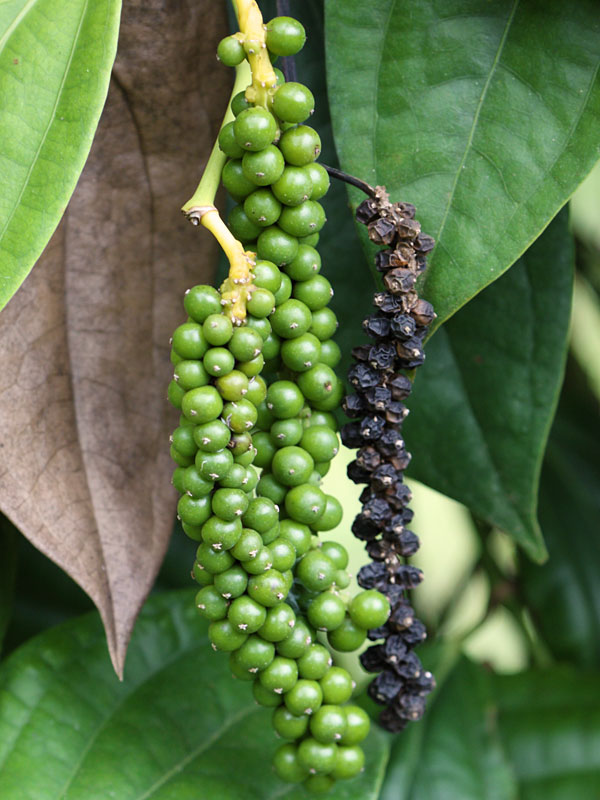
🌍 A Spice that Travelled the World
Black pepper—often called the “King of Spices”—is one of the most important seasonings in kitchens across the world. For Dawoodi Bohras in East Africa, this tiny black bead is far more than a condiment. It is a flavour-builder, a healer, and a link to centuries of history shaped by trade, migration, and shared meals.
But where did black pepper come from, and how did it find its way into East African Bohra cuisine? To answer that, we must go back to its roots on the Malabar Coast of India and trace its incredible journey through the spice trade routes of the Indian Ocean that forever changed global food cultures.
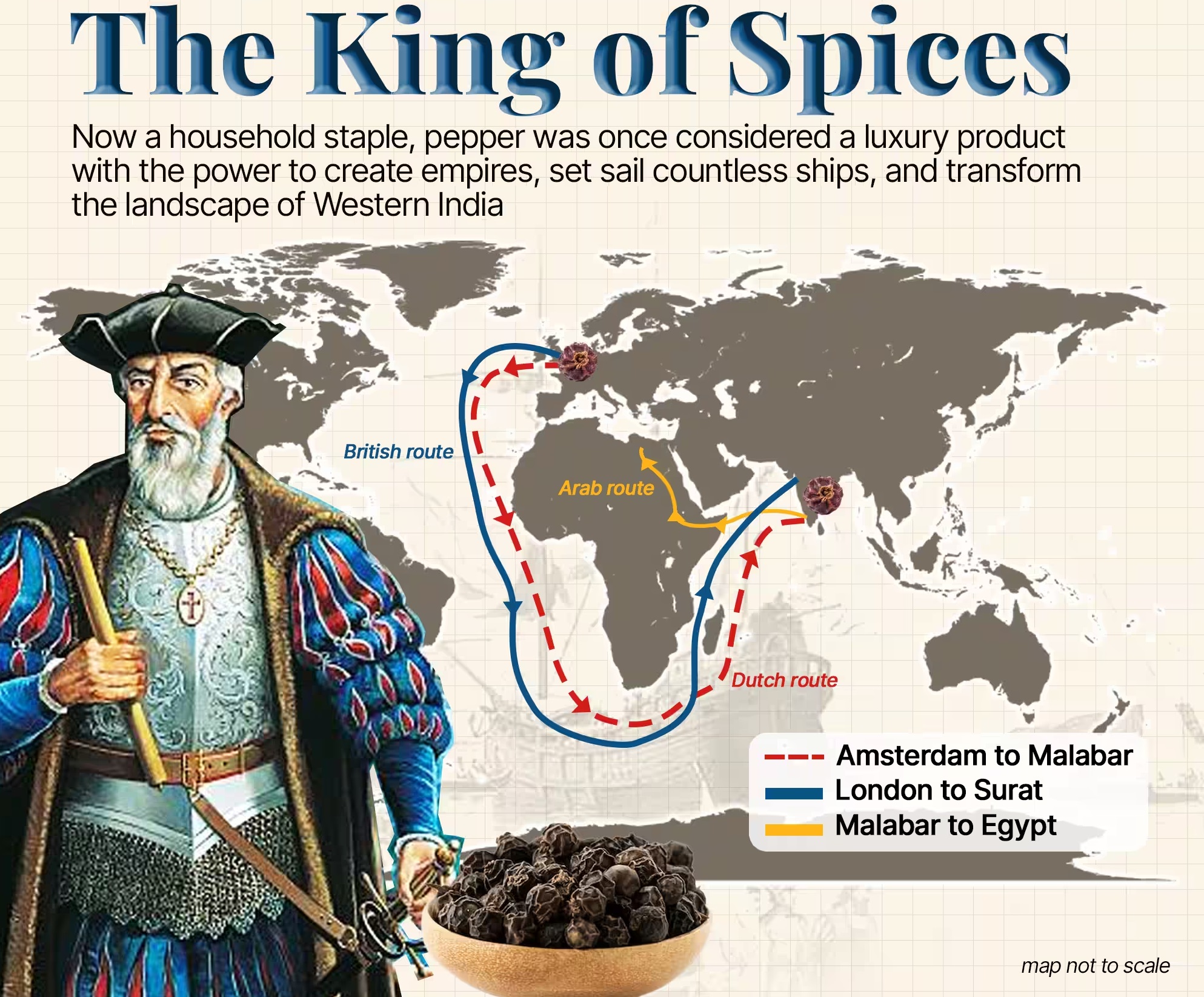
The Origins of Black Pepper
Known as “black gold”, it was once so valuable that it served as currency and tribute to kings. Black pepper (Piper nigrum) is native to the lush, tropical hills of Kerala, India. Ancient records show pepper being exported from Indian ports as early as 2000 BCE, reaching Mesopotamia, Egypt, and later the Roman Empire.
By the Middle Ages, black pepper was the driving force behind trade across the Indian Ocean and later Europe’s Age of Exploration. It was not cultivated in Zanzibar originally—in fact, Arab and Indian traders introduced pepper and other spices from the Malabar Coast to East Africa, where fertile soil and a humid climate later made Zanzibar and Pemba famous spice-growing islands. Pemba being my mother’s birthplace.
The Indian Ocean Trade: Pepper’s Passage to East Africa
The Indian Ocean has long been a bridge rather than a barrier. Traders from Gujarat, Kutch, and Kerala sailed with the monsoon winds, bringing textiles, beads, and spices—including black pepper—to the ports of East Africa.
- Zanzibar & Pemba became important spice entrepôts in the 18th and 19th centuries. While cloves became the islands’ signature crop under Omani rule, pepper too was planted, influenced by Indian and Arab merchants.
- The Dawoodi Bohras, migrating from Gujarat to East Africa in the 19th century, carried with them not just their faith and traditions, but also recipes flavoured with pepper.
When Dawoodi Bohra traders settled along the Swahili coast, they carried with them the tastes of Gujarat — but adapted to what was locally available. Zanzibar, under Omani influence, was already famed for cloves and cinnamon, but pepper too passed through its spice markets, linking Indian harvests with East African households. This exchange ensured that pepper became a pillar of Bohra kitchens in cities like Mombasa, Dar es Salaam, and Zanzibar.
For Bohra families, pepper became more than a spice; it was a bridge between continents. A pinch of pepper in a soup in Mombasa or Dar es Salaam echoed kitchens in Surat and Bharuch, connecting generations across oceans.
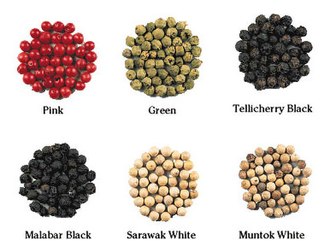
🧂 Why Black Pepper Matters in Bohra Kitchens
Unlike fiery red chilli, pepper gives a gentle, lingering heat. For East African Bohras, this subtlety made it indispensable — a spice that could be used daily without overpowering.
- In soups and broths like khurdi (milk and mutton paya soup), pepper balances richness.
- In rice dishes such as dal chawal palidu, a dash of freshly ground pepper adds depth.
- In roasted meats like raan (slow-cooked leg of lamb), pepper forms part of the marinade.
- In samosas and cutlets, pepper cuts through fatty fillings with sharp warmth.
- Pepper Steak – A Bohra take on the classic, where freshly cracked peppercorns coat the steak and form a fiery sauce.
- Mishkaki (Skewered Meat) – The East African-style kebab is marinated with garlic, ginger, lemon, and a generous punch of pepper.
- Sururu (Small grilled beef cubes) – Small beef cubes marinated with salt and pepper, a Tanzanian coastal delicacy.
- Sauce Wara Kabab – Minced meat kebabs simmered in rich gravy, where pepper gives depth and heat.
- Lagan Cutlass – Layered meat baked in a tray, always heavy on pepper.
For Bohras, black pepper doesn’t just add spice—it adds warmth, balance, and an unmistakable signature to meat, fish, and even lentil-based dishes. It’s no exaggeration to say that pepper quietly seasons nearly every thaal, weaving its way into both festive dishes and everyday meals.
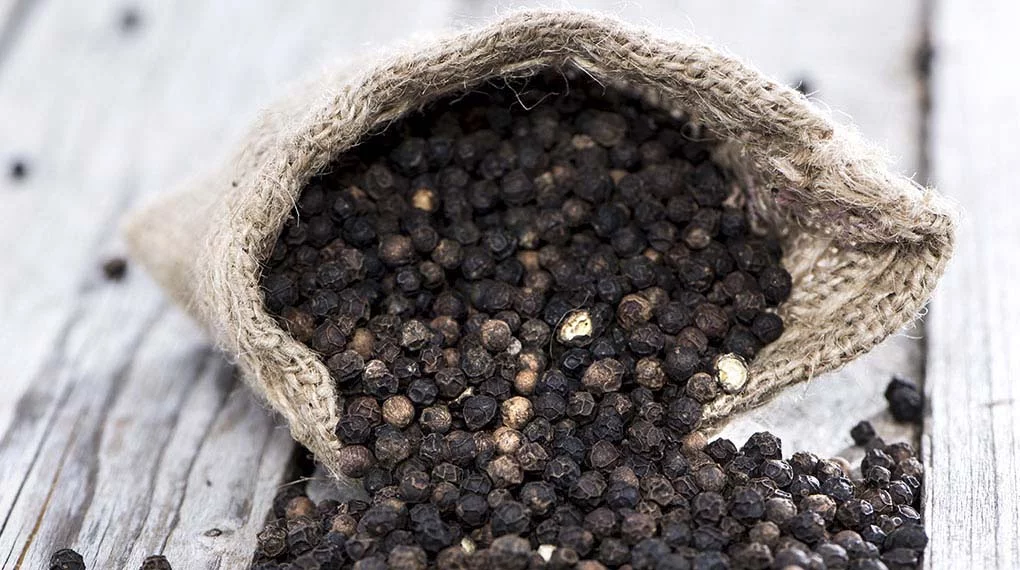
🍲 Signature Bohra Dishes with Black Pepper
- Khurdi – The mutton and milk soup where pepper’s warmth shines.
- Kheema Khichdi – Comfort food made heartier with pepper’s depth.
- Raan – Marinated and slow-cooked, often spiced with pepper crusts.
- Cutlets & Samosas – Where pepper balances the richness of mince.
Each of these recipes tells a story: Indian in origin, East African in influence, and Bohra in identity.
🌱 More than Flavour: Pepper’s Health Benefits
Known in Ayurveda as the “universal medicine,” black pepper has been used for centuries to heal.
- Aids Digestion – Stimulates stomach acid production, making food easier to digest.
- Relieves Cold & Congestion – Its natural warmth clears nasal passages.
- Anti-Inflammatory – Piperine, the active compound, reduces pain and swelling.
- Boosts Metabolism – Supports weight management and nutrient absorption.
Quick Recipe: Black Pepper Tea for Pain Relief
This was a remedy passed down by my mother, especially during times of extreme menstrual pain. It’s soothing, healing, and deeply comforting.
Ingredients:
- 1 cup water
- 1 tsp freshly crushed black pepper
- 1 tsp honey (optional)
- ½ tsp grated ginger (optional)
Method:
- Boil water with black pepper (and ginger, if using) for 3–4 minutes.
- Strain into a cup and stir in honey.
- Sip warm for relief from cramps, colds, or indigestion.
This simple tea is a reminder of how pepper nourishes body and soul.per was as functional as it was flavourful.
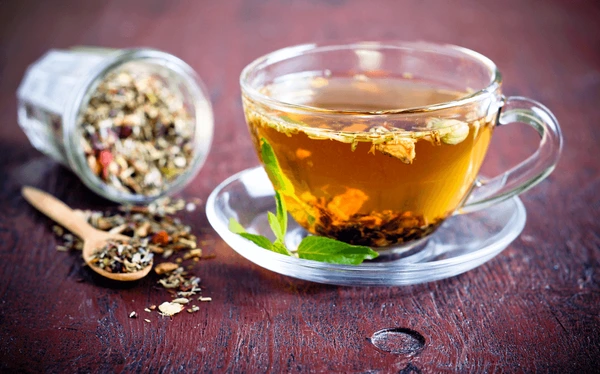
✨ Preserving the Legacy
For me, black pepper is not just a spice—it is an inheritance. It was my mother’s favourite spice, and nearly all her signature meat dishes carried its bold flavour—pepper steak, mishkaki, sururu, sauce wara kabab, lagan cutlass, and many more.
Even beyond the kitchen, she relied on pepper as a natural healer, giving me black pepper tea during painful menstrual cramps. That comforting ritual still lives with me today.
By preserving and documenting these traditions on Bohra Rasoi, I am not only keeping alive the culinary history of my family but also ensuring that the story of black pepper—the spice that shaped East African Bohra cuisine—continues for future generations.
